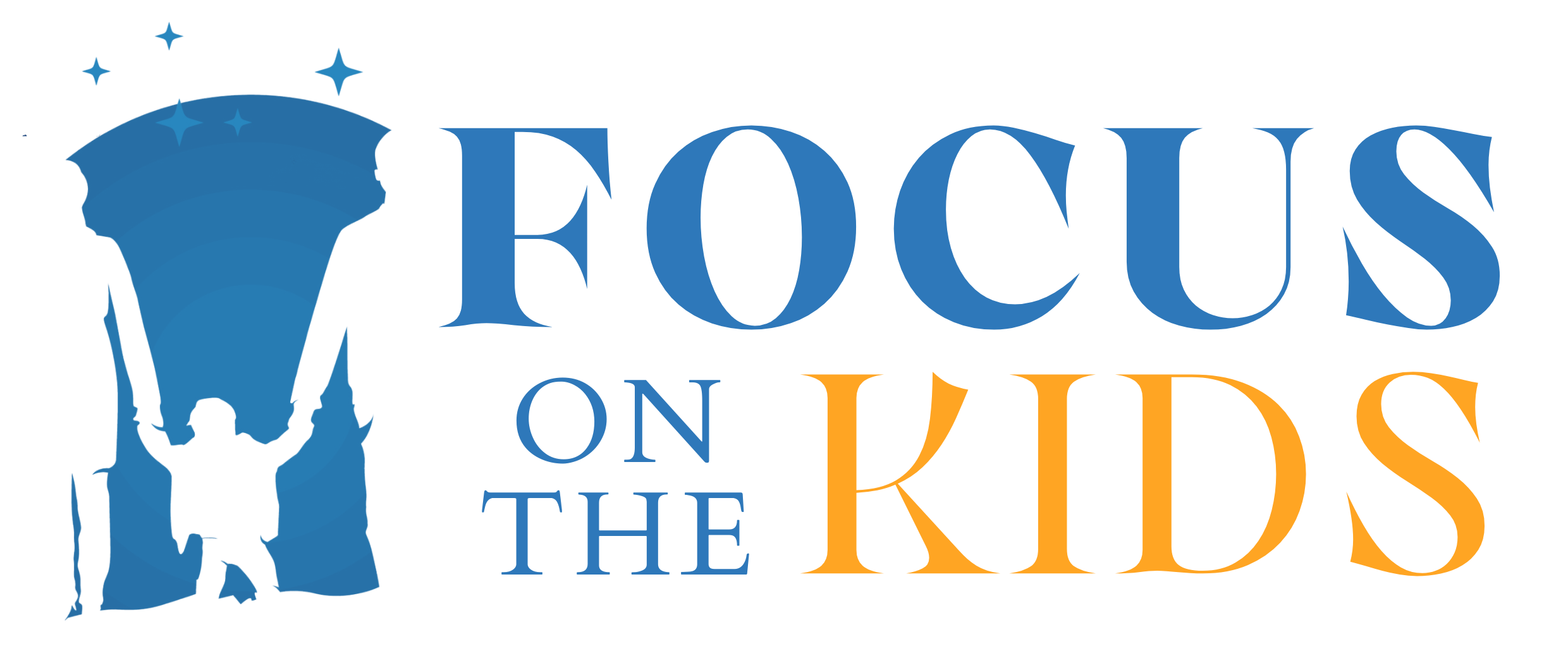In a world that often emphasizes competition and personal success, teaching kindness to kids is more important than ever. Kindness isn’t just about being polite or following social rules it’s a foundation for empathy, understanding, and positive social connections that can benefit children throughout their lives. Instilling kindness in kids not only enriches their personal lives but also has a positive ripple effect on the communities they engage with, from school and friendships to their future work environments.
In this guide, we’ll explore practical ways to nurture kindness in children, why it’s important for their development, and how to make kindness a core part of your family’s daily life.
Why Kindness Matters in Child Development
Kindness is more than just a nice-to-have quality. It plays a significant role in healthy child development, influencing how kids interact with others, solve conflicts, and view themselves. Here’s why kindness matters:
- Builds Emotional Intelligence: When children learn kindness, they also develop emotional intelligence. They become more adept at understanding and managing their own emotions, as well as recognizing and responding to the emotions of others.
- Improves Social Skills: Kindness helps kids make and keep friends, resolve conflicts, and build meaningful relationships. Kids who practice kindness are more likely to be accepted by their peers, making it easier for them to form connections and social bonds.
- Promotes Self-Esteem: Engaging in kind acts can boost a child’s self-esteem and help them feel good about themselves. When kids know they can positively impact others, it builds a sense of purpose and self-worth.
- Reduces Bullying: Kindness is a powerful tool in preventing bullying. By fostering empathy and respect, kids are less likely to engage in or tolerate bullying behavior.
- Contributes to Happiness and Mental Health: Studies show that performing kind acts releases “feel-good” hormones like oxytocin and serotonin, which enhance mood, reduce stress, and contribute to overall happiness.
Practical Ways to Teach Kindness to Kids
Teaching kindness isn’t about a single lesson or conversation—it’s an ongoing process. Here are some practical strategies to make kindness a regular part of your child’s life:
1. Be a Role Model of Kindness
Kids often imitate the behaviors they observe, making it crucial to model kindness in your own actions. Show kindness in your everyday interactions, whether it’s helping a neighbor, showing gratitude to a server, or speaking kindly to a family member. Let your child see how you treat others with respect, empathy, and generosity.
2. Practice Empathy Through “What If” Questions
One of the best ways to teach kindness is by encouraging empathy. Use “what if” scenarios to help children consider other people’s feelings. For example, if they see a classmate sitting alone, ask them, “What if you were sitting alone? How would that make you feel?” This approach helps kids understand situations from another person’s perspective and fosters a desire to offer kindness and support.
3. Encourage Small Acts of Kindness
Help kids understand that even small acts can make a big difference. Encourage them to share their toys, hold the door for others, or make a card for a friend. Praise these small gestures when you see them, and explain how they made someone else feel better. Over time, kids will understand that kindness doesn’t have to be a grand gesture—small actions count too.
4. Practice Gratitude Regularly
Gratitude and kindness often go hand-in-hand. Take time each day to express what you’re grateful for as a family, whether it’s at dinner or bedtime. This practice encourages kids to recognize and appreciate what they have, making them more likely to be kind and compassionate toward others. You could even keep a gratitude journal together, where each family member writes down one kind act they did or witnessed that day.
5. Volunteer as a Family
Volunteering provides an excellent opportunity to practice kindness on a larger scale. Find age-appropriate activities where your child can help, such as collecting food for a local shelter, cleaning up a park, or participating in a community event. Volunteering exposes children to diverse situations and people, helping them develop compassion and a sense of responsibility.
6. Use Books and Stories About Kindness
Stories can be powerful tools for teaching kindness. Read books that feature characters who show empathy, make friends, or help others. After reading, discuss the story with your child. Ask questions like, “What kind of kind things did the character do?” or “How did the kindness make others feel?” This helps reinforce positive behaviors in a relatable way.
Some popular children’s books on kindness include “Have You Filled a Bucket Today?” by Carol McCloud, “Each Kindness” by Jacqueline Woodson, and “Last Stop on Market Street” by Matt de la Peña.
7. Create a Kindness Chart
A kindness chart can help kids track their good deeds and see the impact of their actions. Create a simple chart with squares for each day of the week, and each time your child does something kind, let them place a sticker or draw a smiley face. At the end of the week, celebrate their kindness efforts and talk about how they can continue being kind.
8. Encourage Apologizing and Forgiving
Teaching children to apologize sincerely and to forgive others fosters a culture of kindness. When your child has a disagreement or hurts someone’s feelings, guide them through the process of apologizing. Teach them to listen to the other person’s feelings and respond with empathy. Likewise, show them that forgiving others is a kind act that can heal relationships.
9. Limit Negative Media Exposure
Media can influence children’s behavior, and too much exposure to unkind or aggressive behavior can have negative effects. Monitor the shows, movies, and games your child engages with, and choose content that emphasizes positive social interactions and problem-solving. You can also use media as a discussion tool by talking about any unkind behaviors you see and how the characters could have acted differently.
Making Kindness a Daily Habit
Consistency is key when teaching kindness. By incorporating small, simple routines into daily life, you can help kindness become second nature for your child.
- Kindness Jar: Set up a jar and place a small token inside each time your child does something kind. At the end of the month, count the tokens together to see all the kindness they’ve shown.
- Morning Mantra: Start each day with a positive affirmation or mantra focused on kindness. For example, “Today, I will be kind and help others.”
- Dinner Conversation: Make it a habit to ask each family member to share one kind thing they did that day or saw someone else do. This reflection helps everyone become more aware of kindness.
What to Avoid When Teaching Kindness
There are a few common pitfalls to avoid when teaching kindness to children:
- Don’t Force It: Forcing children to do “nice” things when they’re not ready can backfire. Encourage kindness but allow them to come around on their own. Praise their efforts, even small ones, to build confidence.
- Avoid Guilt-Based Kindness: Encourage children to be kind for the right reasons, not out of guilt. Instead of saying, “Be nice because they’re sad,” try “How do you think we can make them feel better?”
- Avoid Overemphasis on Praise: While it’s essential to acknowledge kindness, avoid excessive praise. This helps children understand that kindness is its own reward, not something done solely for recognition.
Conclusion
Teaching kindness to kids is one of the most valuable life lessons you can offer, helping them grow into empathetic and compassionate individuals. By modeling kind behavior, practicing empathy, and reinforcing positive habits, you can nurture a deep sense of kindness that your child will carry with them into adulthood.
Remember, kindness starts at home. Celebrate and support your child’s kind actions, and, most importantly, show them that kindness can make a real difference in their lives and the lives of others. Embracing kindness can create a happier, more connected family and community.
















